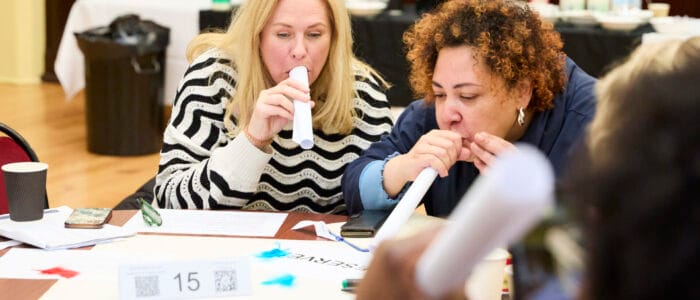Ten tips for youth social prescribing
As we move into recovery post-COVID-19, we know that Primary Care Networks and Social Prescribing will be vital sources of support for children, young people and families affected by the pandemic and lockdown.
The Young People’s Health Partnership is part of the Health and Wellbeing Alliance. They have worked with young people to better understand what they want from Primary Care Networks and one of their members StreetGames leads the Youth Social Prescribing Network.
They are sharing the top ten tips StreetGames have developed to support commissioners and practitioners to develop and embed effective social prescribing for children, young people and families.
10 Tips for Youth Social Prescribing
1. Find the Gaps
Children and young people’s social prescribing works best as a safety net for children, young people and families who are falling through the gaps between targeted services because they don’t meet the thresholds or because they already face inequalities, for example, race, sexuality, disability or other protected characteristics. The Link Worker can also provide vital insight into where there are gaps in the local voluntary sector, and how strategic commissioning could help to alleviate inequalities
2. Reach Out
Put in additional, proportionate effort where needed to ensure all children and young people can participate and benefit equally. This will require both practical and cultural considerations to proactively engage disabled, BAME and LGBTQ+ young people and those in rural, economically deprived and/or care settings
3. Build a Collaboration
Ensure multiple frontline professionals are able to refer to the children and young people’s social prescribing Link Worker and plan for multiple outcomes too (health, education, safety, wellbeing, employment etc.)
4. Adapt or Specialise
Decide whether to commission social prescribing for children and young people as an extension of an existing adult-focussed service, or as a new service specifically for this client group
5. Fund the Whole System
The activities and services to which young people are referred by the Link Worker may require funding; young people may need assistance with travel costs, there may even be specific services missing from the local context that need to be commissioned in order to address inequalities and meet the needs of the community
6. Join a Network
Learn and share your learning with others who have taken or are considering similar approaches
7. Commission Together
Children and young people’s social prescribing can cut across several policy areas and meet many stakeholders priorities
8. Build the Workforce
Whether you are adopting an ‘all age’ or ‘youth specific’ approach, your workforce needs training and support in safeguarding and meeting the specific needs of children and young people
9. Coproduce, Coproduce, Coproduce
Involve children and young people fully in all stages of development: what it’s called, how it’s promoted, how it works, what it’s for
10. Evaluate Realistically
Set the goals for your approach around what children and young people say they most want and need to create a trustbased, non-judgemental dialogue
If you would like support to develop youth friendly PCN’s and social prescribing in your area, join the youth social prescribing network or find out more about our work, please email: [email protected]


